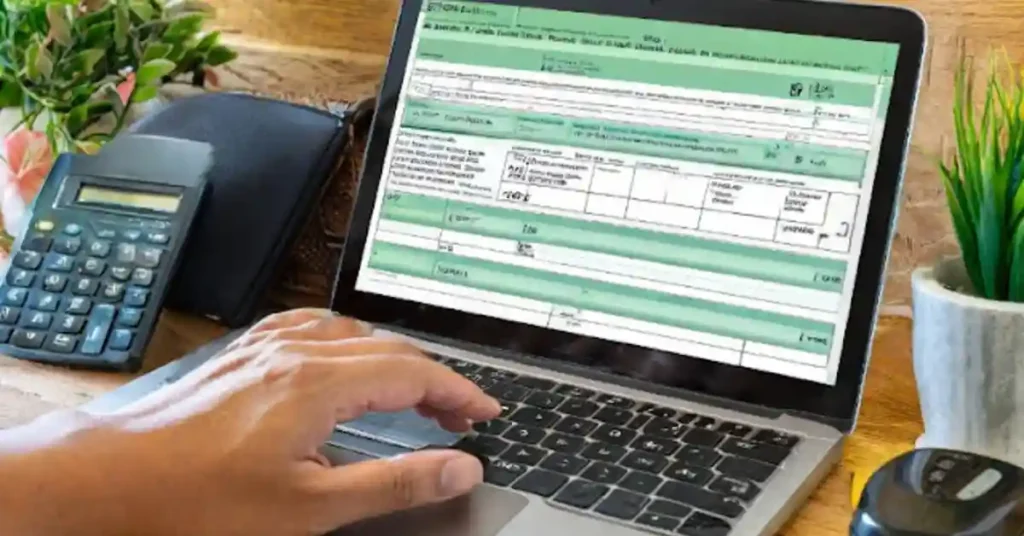A) Octal System
B) Hexadecimal System
C) Decimal System
D) Binary System
Answer: B) Hexadecimal System
Hexadecimal System: The hexadecimal system, also known as base-16
or simply hex, is a positional numeral system that uses a radix (base) of 16.
Unlike the decimal system representing numbers using ten symbols, hexadecimal
uses sixteen distinct symbols, most often the symbols “0”–”9″ to represent
values 0 to 9, and “A”–”F” (or alternatively “a”–”f”) to represent values from
ten to fifteen.
Octal System: The octal, or oct for short, is the base-8
positional numeral system. This means it uses a base of 8 and includes only
digits from 0 to 7 to represent numbers. It differs from the more familiar
decimal system (base 10) which uses digits from 0 to 9, and the hexadecimal
system (base 16) which uses digits and letters from 0 to 9 and A to F.
Some key points about the octal system:
-
Positional system: The value of each digit in an octal number depends
on its position. Just like in the decimal system, the rightmost digit
represents the ones place, the next digit to the left represents the eights
place (8^1), the next digit represents the sixty-fours place (8^2), and so
on.
-
Counting in octal: After 7, the next number in octal isn’t 8, but
instead rolls back to 0 and the next position increases by 1. So, the
sequence goes 0, 1, 2, 3, 4, 5, 6, 7, 10 (eight), 11, 12, 13, 14, 15, 16
(sixty-four), 17, etc.
-
Applications: In the past, the octal system was more commonly used in
computing because each octal digit corresponds to three binary digits. This
made it convenient for representing binary data in a more compact form than
using straight binary notation. However, nowadays, hexadecimal (base-16) has
largely replaced octal for this purpose.
Decimal System:
-
Base-10 system: This means it uses a base of 10. Unlike binary
(base-2) or hexadecimal (base-16), it only needs 10 different symbols to
represent all numbers.
-
Symbols: 10 digits – 0, 1, 2, 3, 4, 5, 6, 7, 8, and 9 – are used to
represent all integers (whole numbers).
-
Positional notation: The value of each digit depends on its position
within the number. The rightmost digit is the ones place, the next digit to
the left is the tens place (10^1), the next is the hundreds place (10^2),
and so on.
Binary System:
-
Base-2 system: Uses a base of 2, meaning it only needs two digits to
represent all numbers. Unlike decimal (base-10) with 10 digits, binary uses
0 and 1.
-
Positional notation: Similar to decimal, the value of each digit
depends on its position. The rightmost digit is the ones place (2^0), the
next digit to the left is the twos place (2^1), and so on.
-
Bits and bytes: Individual digits are called bits. A group of 8 bits
forms a byte, the basic unit of storage in computers.

